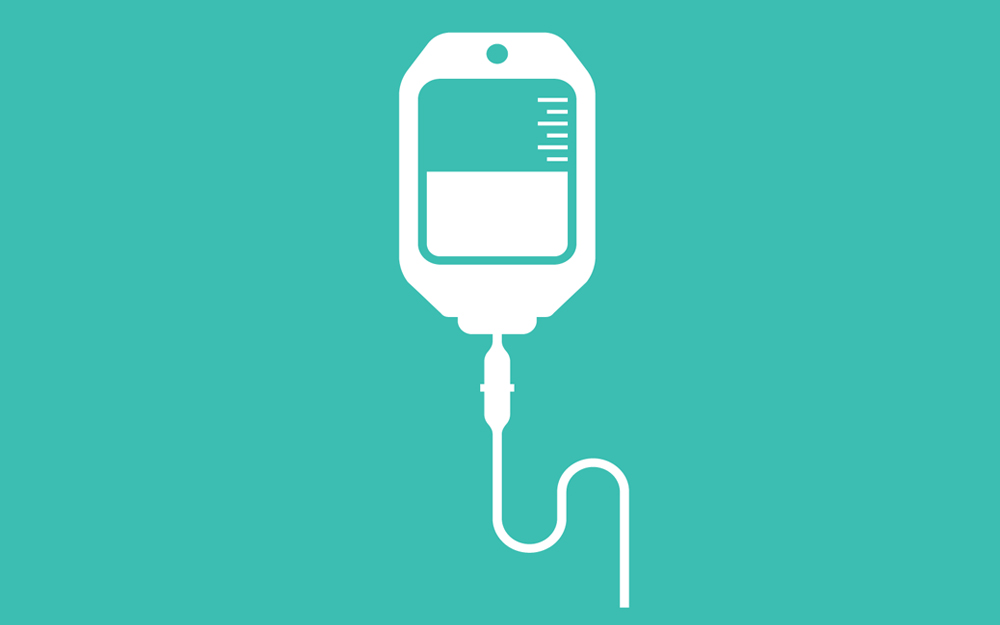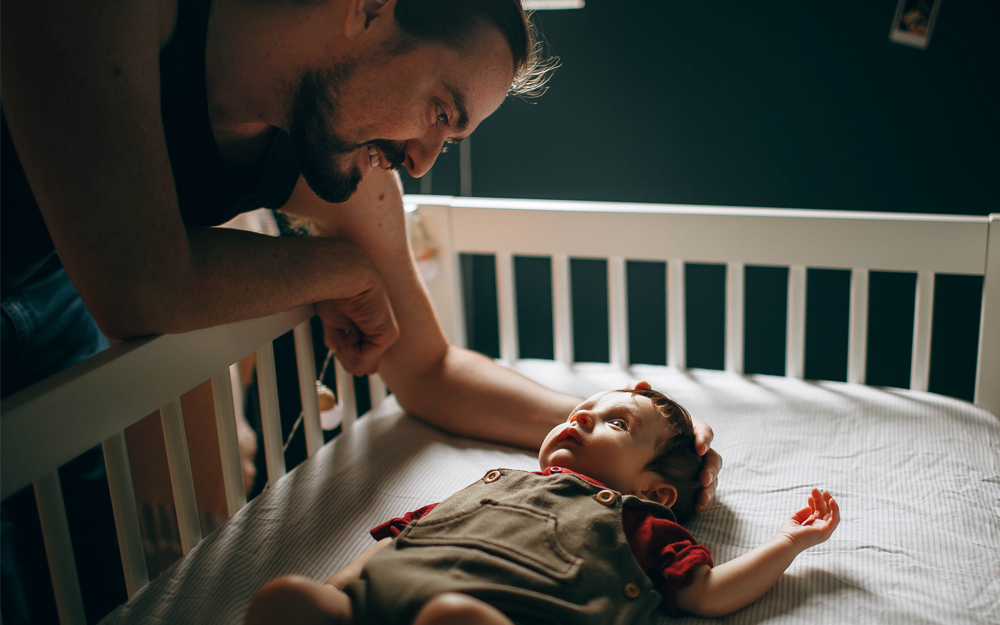What Are Shingles? Know Your Risk at Any Age
Date
August 18, 2021
Credits

Date
August 18, 2021
Credits
Medical providers featured in this article
In Brief
{{cta-block}}

No one expects to get shingles, but this mysterious health condition is more common than many realize. According to the Centers for Disease Control and Prevention (CDC), about one in three people in the U.S. will develop shingles during their lifetime.
Your risk of getting shingles increases as you age. However, younger people can still get shingles. A 2016 study revealed that shingles in Americans under age 50 quadrupled from the late 1940s to the early 2000s.
"Traditionally, shingles is something we see in patients who are in their 50s or older," says Dr. Ara Thomassian, a primary care physician at Cedars-Sinai. "But in the past five years, I have seen a handful of younger patients get shingles."
"Shingles can be contagious. People oftentimes try to put some sort of cream on the rash to treat it, but this won't prevent the spread of a contagious virus."
What are shingles?
While it's unclear exactly why shingles is becoming more prevalent, everyone should know about shingles and understand their risk.
Shingles is caused by the same virus as chickenpox (also known as varicella). If you had chickenpox as a child, you could get shingles as an adult.
"Shingles is a reactivation of the chickenpox virus, which has remained dormant in your body," Dr. Thomassian says. "If you are vaccinated for chickenpox, you shouldn't have an activation of shingles later in life."
The risk of shingles for people in their 20s, 30s and 40s
In 1995, the chickenpox vaccine became available in the U.S. for children ages 12 months and older. This means that people born before then could have gotten chickenpox as children or might not remember if they were vaccinated.
"This is probably why we occasionally see shingles cases in younger patients," Dr. Thomassian says. "If you were born in the '70s or early '80s, presumably you had chickenpox when you were younger and it wouldn't be much of a shock if you got shingles.
"But I've also had patients born in the late '80s and early '90s who contracted shingles and we ask them, 'Do you know if you've been vaccinated?' Some of them know they were not vaccinated—some of them don't know if they had chickenpox or not."
Signs and symptoms of shingles
Shingles is characterized by a rash that develops on one side of the body or your face. While this rash is usually the first sign of shingles, some may experience an odd pain in the body that they can't explain.
"Typically, the pain also develops on one side," Dr. Thomassian says. "It can seem like nerve pain, and you may feel numbness or tingling."
Dr. Thomassian says this type of pain could remind someone of the pain they feel before getting a cold sore.
"The virus that causes shingles is similar to the cold sore or herpes virus, so you may feel a numbing pain and then develop a rash soon after," Dr. Thomassian says.
Some might also mistake the rash caused by shingles as eczema or dermatitis (inflammation of the skin).
"If you have a large rash on your body, contact your doctor right away," Dr. Thomassian says. "Shingles can be contagious. People oftentimes try to put some sort of cream on the rash to treat it, but this won't prevent the spread of a contagious virus."
Treatment for shingles
If you suspect you have shingles, seek treatment right away. Shingles can be treated with antiviral medication but needs to be administered within 48 to 72 hours to be effective.
"There's a limited window of time that we can give shingles patients an effective antiviral prescription," Dr. Thomassian says.
Even if it's been more than 72 hours, you should still see your doctor if you have shingles.
"We want to make sure that your rash doesn't get infected, that you're taking steps to not spread the virus to others and you may need treatment for your pain," Dr. Thomassian says.
If someone develops shingles on their face, they should also see an ophthalmologist immediately.
"Legions on the face, especially if they are near the eye or nose, can put your vision at risk," Dr. Thomassian says. "These legions can affect your optic nerve and can potentially cause blindness, so we take this very seriously."
When to get vaccinated to prevent shingles
To prevent shingles, the CDC recommends the Shingrix vaccine if you are 50 or older. The risk of serious complications from shingles does increase with age.
According to the CDC, about one in 10 people who get shingles also develop postherpetic neuralgia, a type of nerve pain that can last for months or even years.
"Although postherpetic neuralgia is rare, it's devastating when it happens to a patient and the pain is very debilitating," Dr. Thomassian says.
Some older adults might think it's OK to skip the shingles vaccine, but they are putting themselves and those around them more at risk, Dr. Thomassian says.
If you are a parent or a guardian, it's also important to make sure your child gets the chickenpox vaccine.
"No one really thinks about shingles when they're making the decision to vaccinate their child against chickenpox," Dr. Thomassian says. "But as we've seen with the COVID-19 vaccines, getting vaccinated for chickenpox and shingles doesn't just help one person, it helps everybody."





